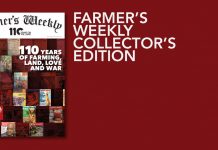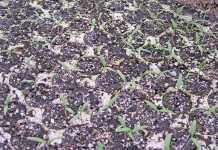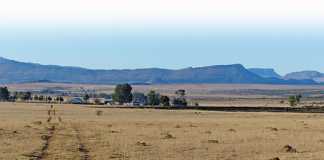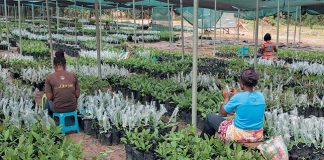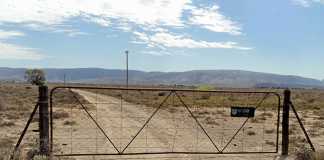Missouri University researchers recently completed a study of 134 cattle breeds from around the world. In the process they found that domesticated cattle originated not in Africa, as some believe, but in the ‘Fertile Crescent’, a region that covered modern-day Iraq, Jordan, Syria and Israel.
Breeding, as every livestock owner knows, is crucial for maximising a herd’s meat and dairy production. Also useful, according to Jared Decker, assistant professor of animal science at Missouri University College of Agriculture, is an awareness of the genetic history of cattle breeds.
“By understanding the variations present, we can improve cattle for agricultural purposes, whether that is through breeding more disease-resistant animals or finding ways to increase dairy or beef production,” he says.Thanks to the study,
“we can better understand the diversity of the species”.
A complete version of the Missouri University study on the origins of cattle can be found on this website: bit.ly/origincattle.
The mother herd
A second study, meanwhile, has claimed that all modern domesticated bovines are descended from a single herd of wild oxen that lived in the Middle East 10 500 years ago. “A team of geneticists from the National Museum of Natural History in France, the University of Mainz in Germany, and University College London in the UK excavated the bones of domestic cattle at archaeological sites in Iran, and then compared those to modern cows,“ explains Duncan Geere at wired.com.
To read more about this interesting study, go to: cattle origins (not to be confused with the foregoing Missouri University site).
Not just for children
Finally, the website www.krankykids.com, which provides free educational resources, has a great iPhone/iPad app called ‘My daily cow’ that can be downloaded.
All together
Also at www.krankykids.com is the only online side-by-side picture reference of the world’s cattle breeds with more than a thousand photographs.
Sources: munews.missouri.edu and www.wired.com.

